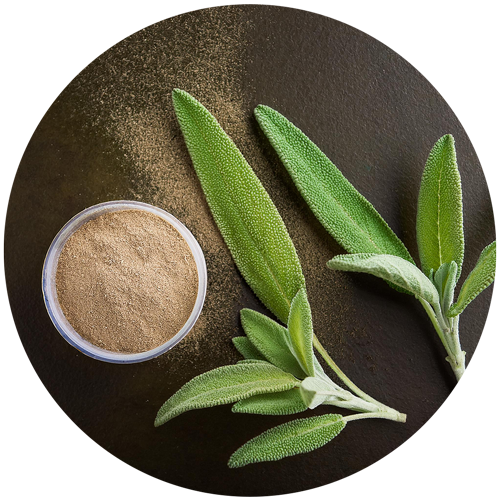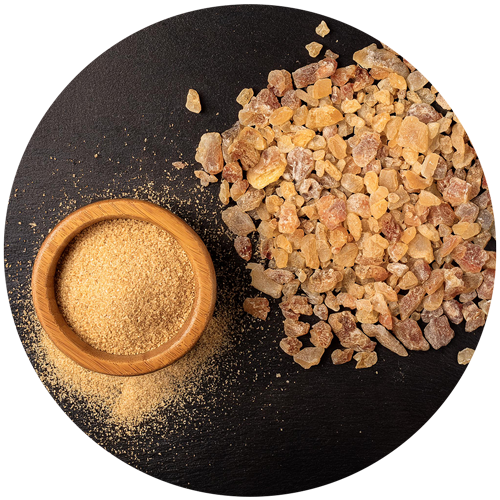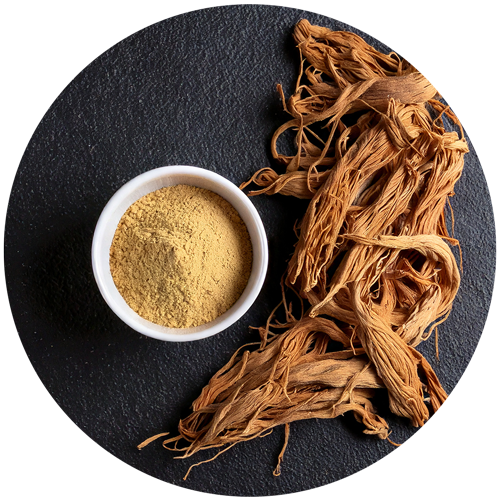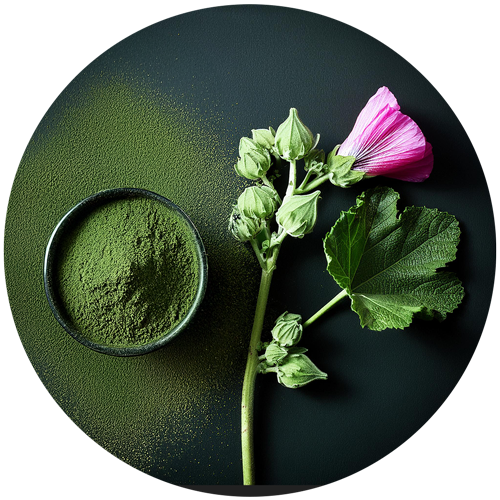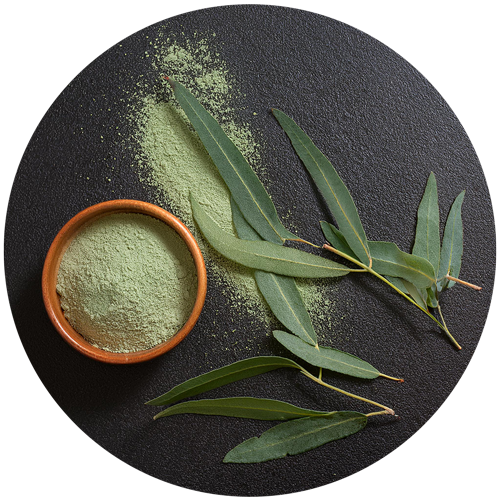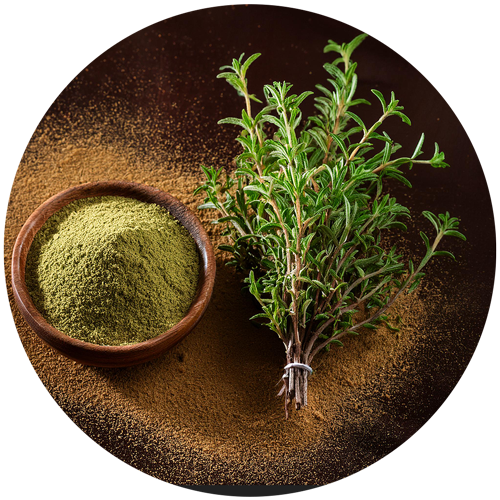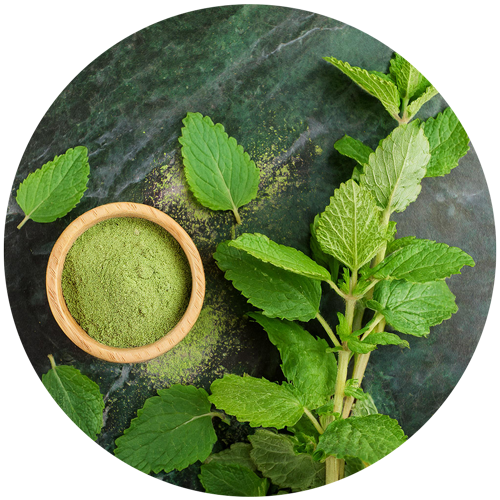Europe
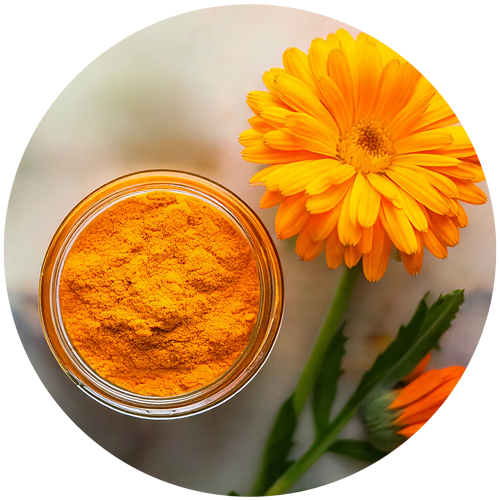

CALENDULA
Calendula officinalis L. Upper airways
Upper airways  Digestion
Digestion Calendula officinalis, rich in flavonoids and carotenoids, promotes skin repair, protects against oxidative stress and soothes skin irritations.
Regulations
and analysis
Identification : TLC
Data on traditional use
Canadian monograph :
- Used to soothe the digestive system
German monograph :
- Used to stimulate circulation, soothe the gastric mucosa and relieve spasms.
WHO monograph :
- Used to soothe the respiratory tract
Plant bylaw file
Association ideas by health benefice
Select one or more axes:

Detailed description
Calendula, Calendula officinalis, is a plant of the Asteraceae family, cultivated in temperate regions for its soothing, protective flowers. Used for centuries in phytotherapy, it is recognized for its benefits to the skin.
Calendula flowers contain a variety of bioactive compounds, including flavonoids, carotenoids, triterpenic saponins and phenolic acids. These molecules are responsible for its antioxidant and anti-inflammatory properties, which protect cells against oxidative stress and support the body’s natural defense mechanisms.
Calendula flower extracts have traditionally been used to promote skin repair in cases of minor injury or irritation. Studies have shown their ability to accelerate the production of granulation tissue and improve healing thanks to their effects on the regeneration phases.
As a complement, marigold is appreciated for its calming properties, particularly in formulations designed to care for sensitive, irritated skin, but also to soothe respiratory and digestive tract mucous membranes.

